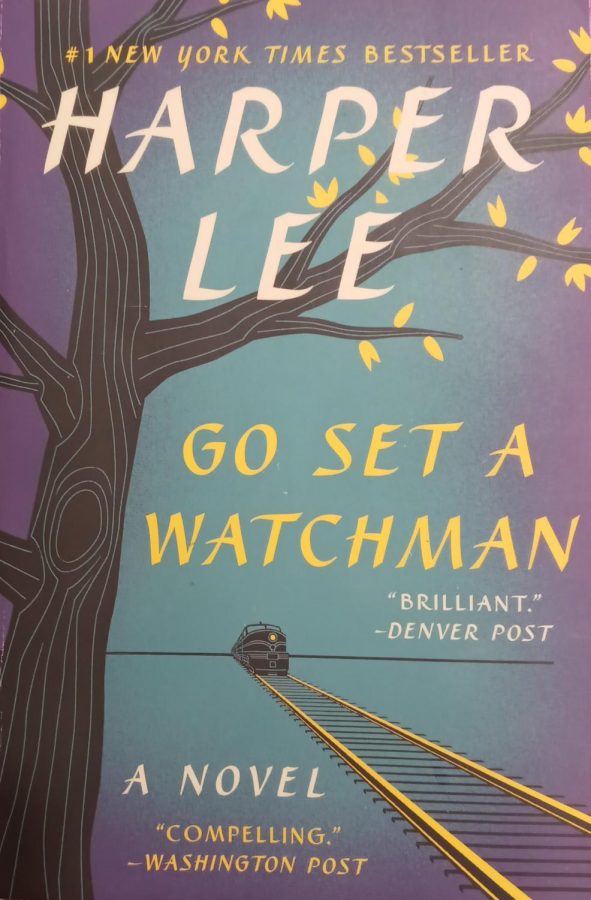Go Set A Watchmen– The Controversial Sequel to To Kill a Mocking Bird
When I first read To Kill A Mockingbird, I didn’t know that Harper Lee published another book, a sequel, just 7 months before she died. It turns out, I’m not the only one. 40 million copies of To Kill A Mockingbird have been sold, while Go Set A Watchmen has only sold 3.3 million. Even among those who have read the sequel, its merits are widely debated. Many say it lacks the flair of the first book, and Adam Gopnick of the New Yorker went so far as to call it “a failure as a novel.”
I kept this in mind as I read this book, and I can see both sides of the argument. While keeping the same characters and themes, the writing style varies greatly from that of To Kill A Mockingbird. A shift in perspective from the beloved first person narration from Scout to a third person narration with a retrospective tone, was the first glaring difference. The many jumps from Scout’s adult life back to her childhood with Jem and his friends made the book hard to follow at times. I also disliked how Henry Clinton, who was not in the first book at all, suddenly became a main character. I also felt it hard to believe that characters aged the way they did. For some reason, the brave and bold Scout Finch was afraid of driving a car, the just and equal Atticus had questionable moral values, and kind, loving Calpurnia was strangely bitter. I felt that the progression of their characters should have been explained more. I can’t help but agree with Adam Gopnick’s words: ” (This in a book that includes a fourteen-line note on the type.)”.
However, I still enjoyed the subtle social commentary hidden behind the stories of Scout’s youth. There was still the same charm in the stories of her childhood, although they seemed a bit less vibrant. I felt most of the book’s redeeming explanations were in the last few chapters. The book’s ending nicely ties a bow on the story, and the conflicts are resolved as characters come to terms with each other’s beliefs. It remains a glimpse into the minds of Southerners during the 1950s, and retains much of the value of To Kill A Mockingbird.
Despite its faults, I would still recommend reading this book, as your opinion may very likely differ from mine. I still consider it a great book, but no where near as enjoyable as the first book. It is available in the school library and the Galway Public Library. It also can be found at many other local libraries and bookstores. I hope you enjoy this sequel as much as I did.
Works Cited:
Gopnick, Adam. “Sweet Home Alabama” The New Yorker, 27 July 2015, www.newyorker.com/magazine/2015/07/27/sweet-home-alabama

Sara is a senior who has been writing for EMC for six years. She is involved in many clubs, including Robotics, Impressions, Science Club, NHS, and EMC....

